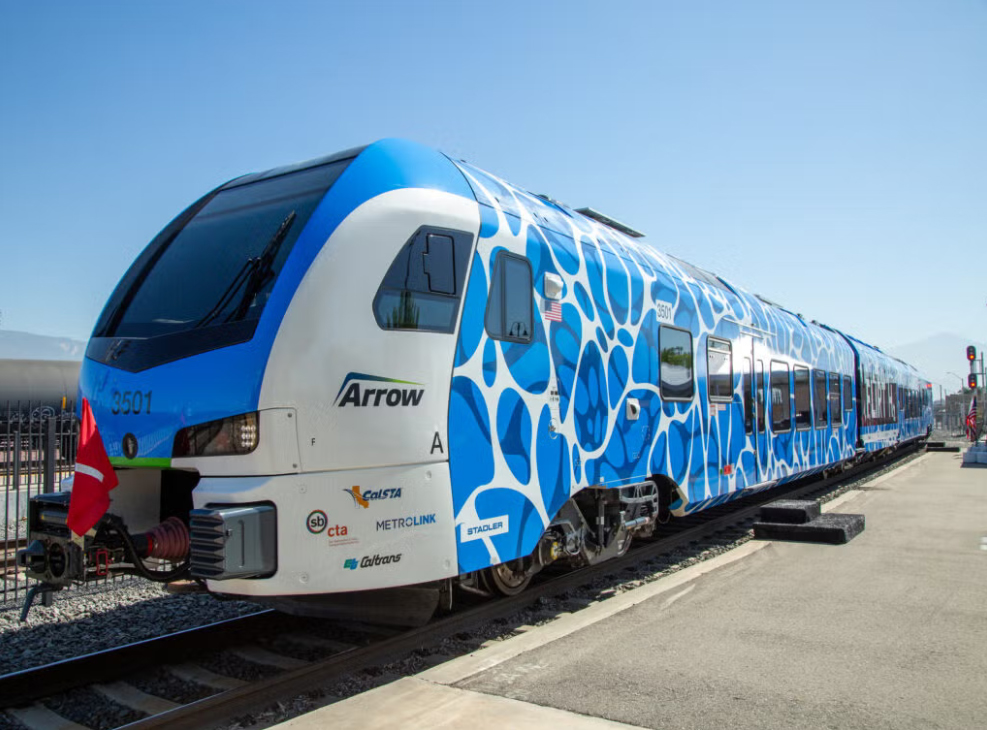
SANTA CRUZ, Calif. — Construction of the long-discussed, much-debated rail line to Santa Cruz using a former Southern Pacific branch line could cost up to $4.3 billion, according to a document released Friday (June 6, 2025).
The draft version of the executive summary of an upcoming report on the project, known as the Zero Emission Passenger Rail and Trail, outlines the plan to develop 22 miles of rail line between Santa Cruz and Pajaro, Calif., as well as 12 miles of the Coastal Rail Trail.
The cost in part reflects earlier assessments that 28 of the 33 bridges on the line will require replacement, which could cost nearly $1 billion [see “Santa Cruz rail project could require …,” Trains News Wire, March 15, 2025]. Other infrastructure requirements would include new or rebuilt right-of-way, including new sidings; signals and positive train control; stations; and upgraded grade crossings. The $4.3 billion figure includes $1.96 billion for construction; $1.04 billion for land, professional services, and rolling stock ($144.3 million); and a $1.3 billion contingency fund.
The system would have an estimated annual operating cost ranging from $34 million to $41 million, with the report attributing the variation to the Santa Cruz transit agency’s experience with labor agreements and uncertainty over costs associated with potential use of hydrogen-fueled trainsets.
Operational planning assumptions in the report are based on the use of Stadler FLIRT zero-emission trainsets — which could be hydrogen, battery, or hybrid equipment — although the summary says final equipment selection would come later in the process. It calls for a fleet of 10 two-car trainsets, which could be coupled together to provide for larger trains.
The report projects daily weekday ridership of 3,500 to 6,000 passengers, with slightly lower numbers on the weekends. Trains would operate on 30-minute headways from 6 a.m. to 10 p.m., and serve nine possible station sites. It allows for possible freight service outside of passenger-service hours, says a possible connection with the existing seasonal Santa Cruz, Big Trees & Pacific tourist rail operation will be considered as the project develops. It also notes says potential direct rail service to San Francisco could be pursued at a later date as part of the Federal Railroad Administration’s Corridor Identification and Development Program. Such service was envisioned as part of the 2025 California State Rail Plan [see “California rail plan calls for $310 billion program …,” News Wire, Jan. 8, 2025].
The news site Santa Cruz Local reports two meetings are scheduled for this week to discuss the project: an online session on Monday, Jan. 9, with staff of the Santa Cruz Regional Transportation Commission discussing ridership estimates and costs; and a June 12 commission meeting in which staff will present the executive summary.
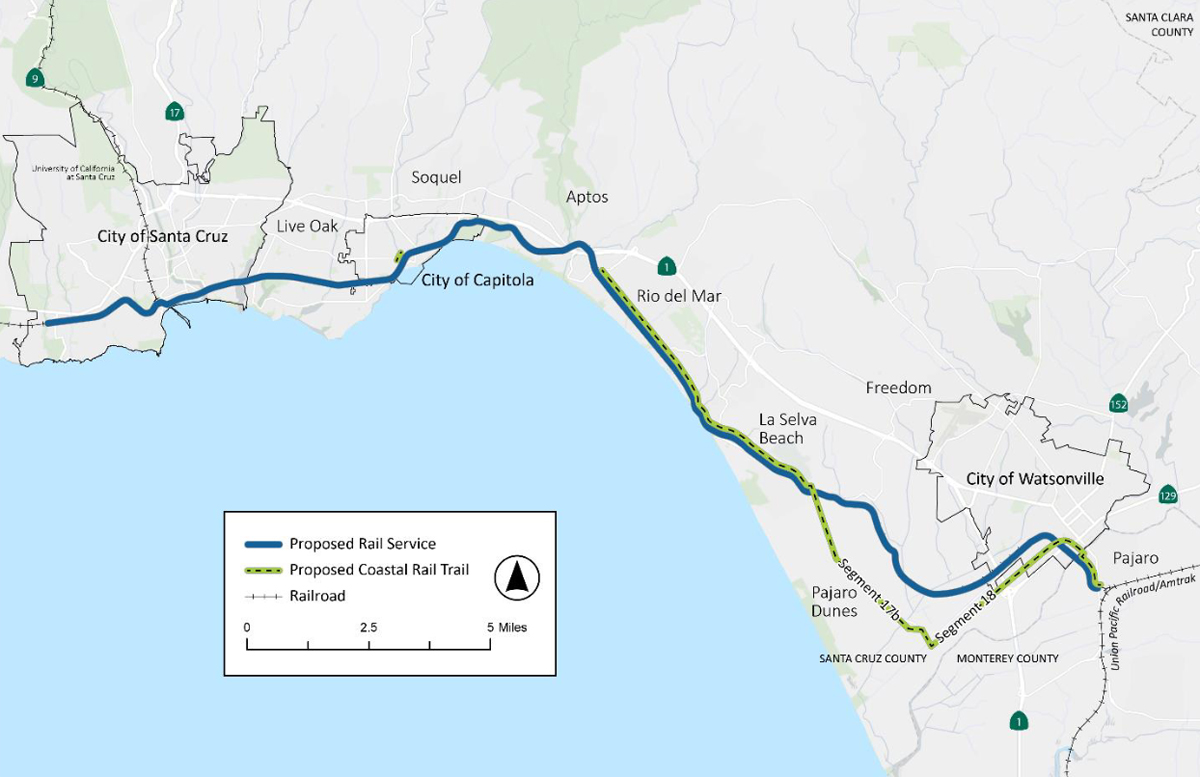






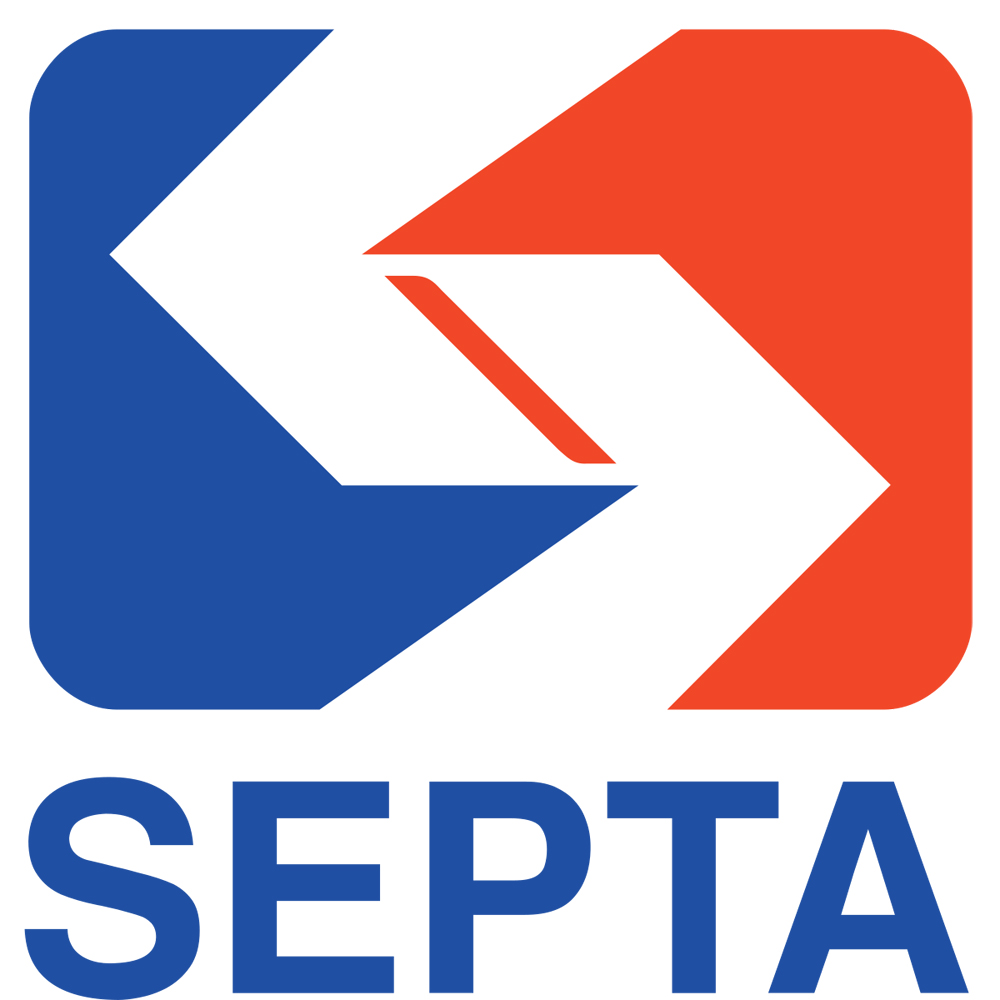
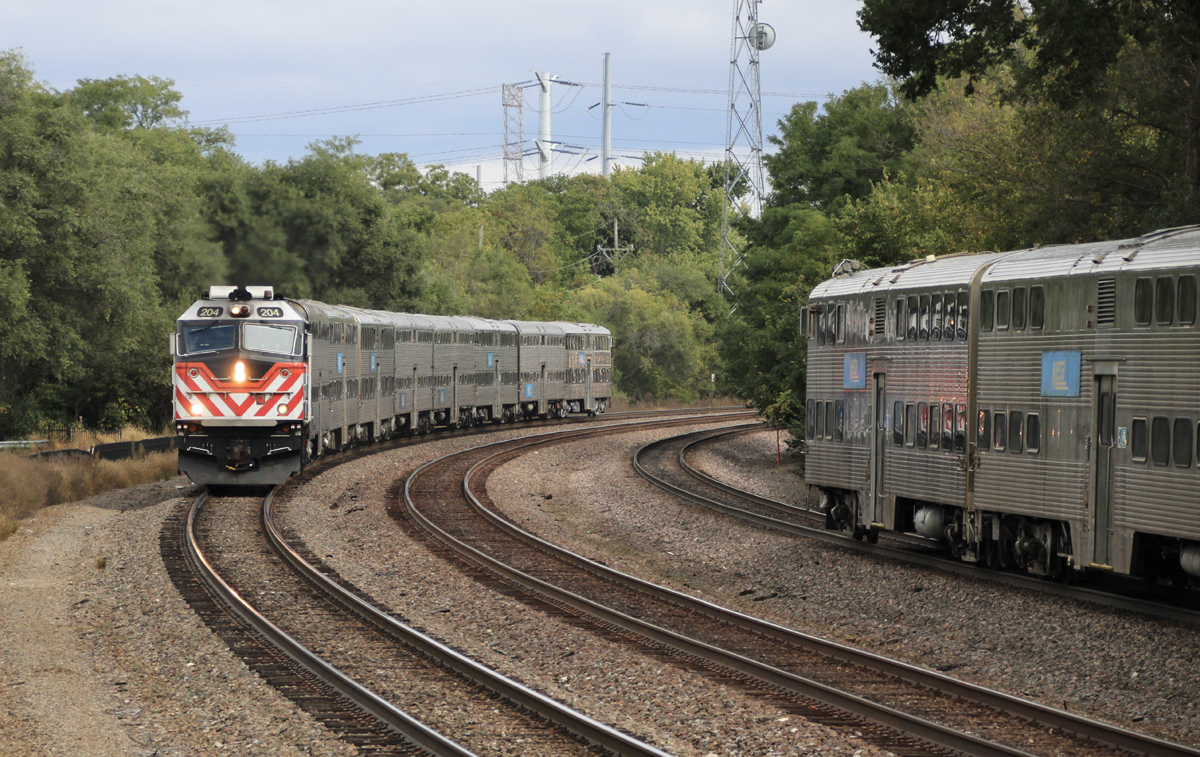
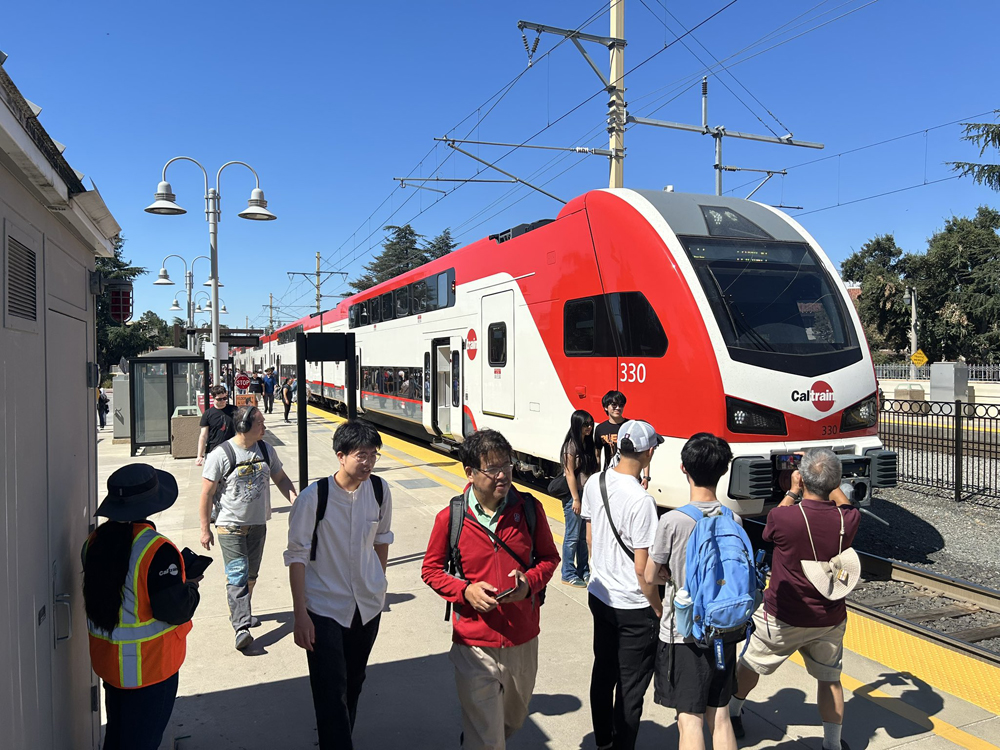
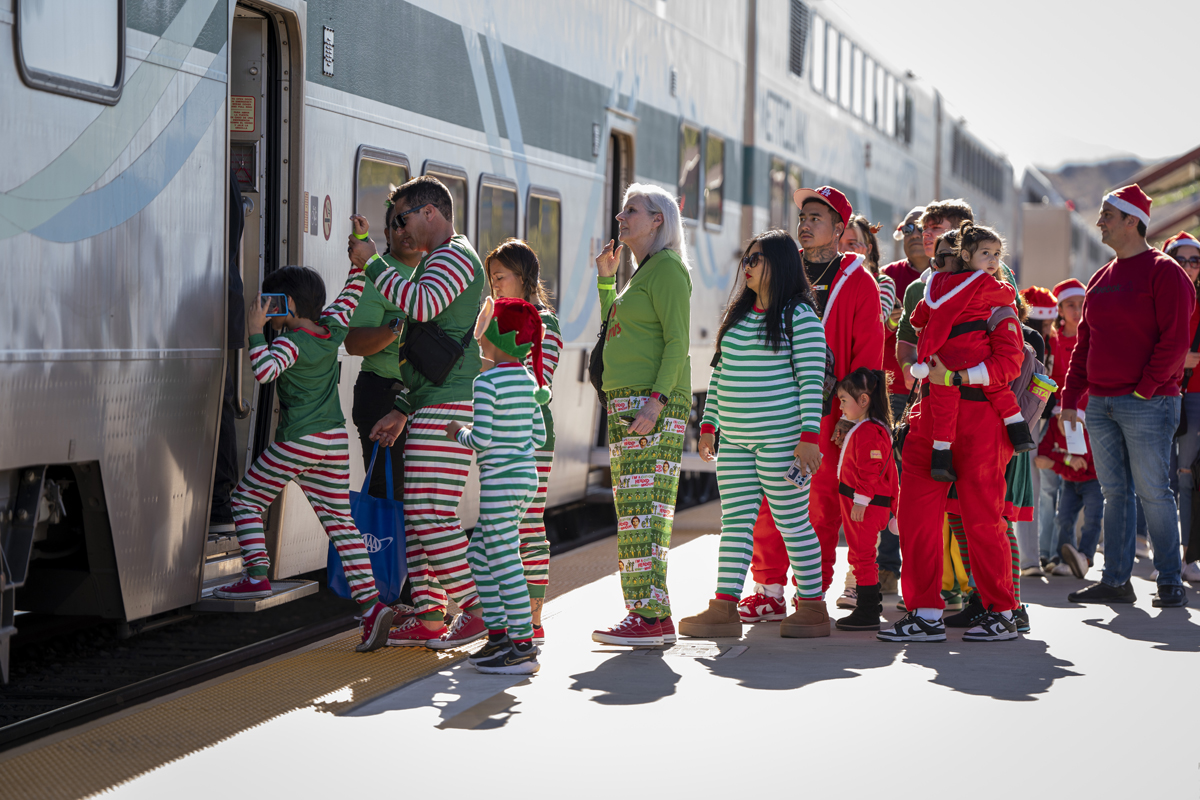
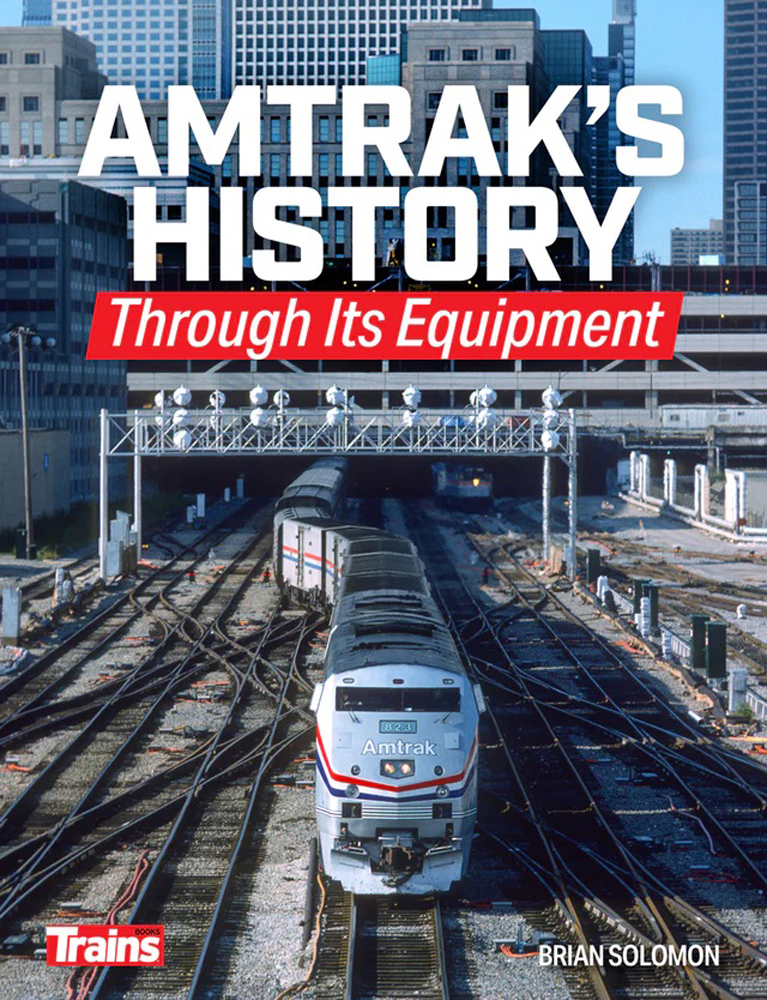
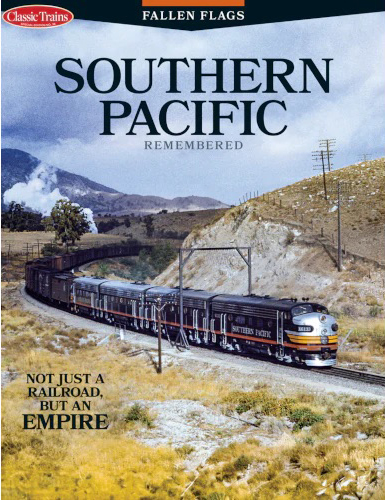

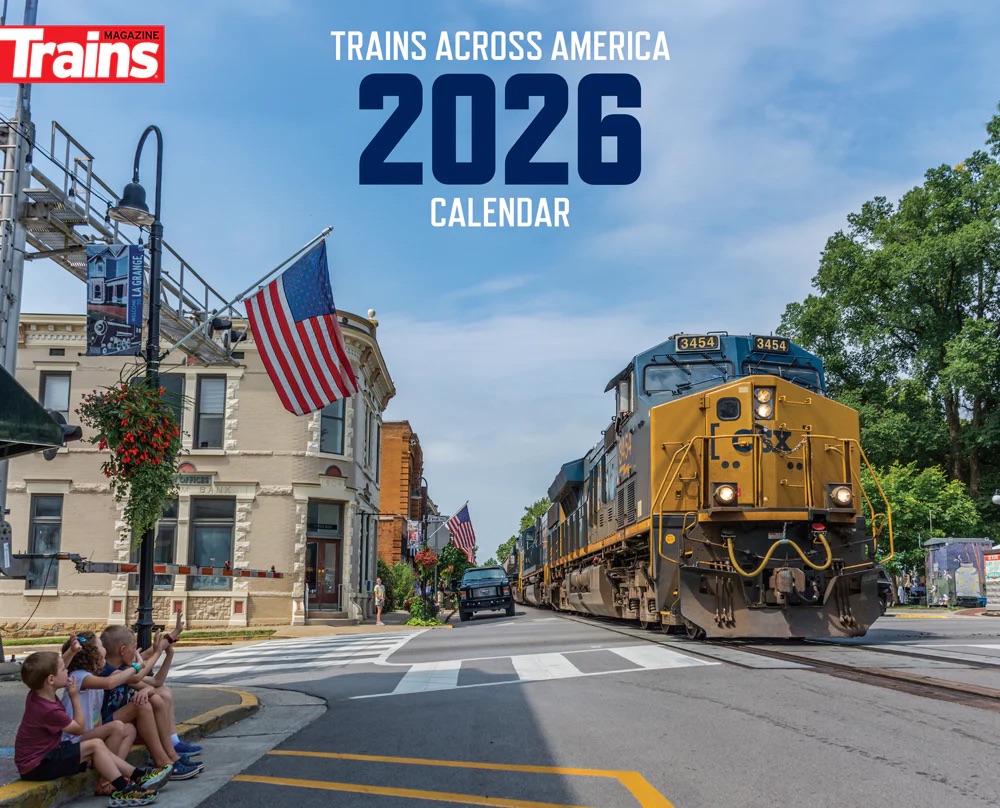
I am familiar with this potential project and it is unfortunate that this version of moving forward for bringing rail transportation to Santa Cruz County has been dropped in the lap of residents. What has been presented to everyone is a “gold plated” brand new system with a full volume of service. This version was almost designed to fail because it is so huge.
The beginning system does not have to be done this way at all. A rail system can be started with a slower less expensive beginning with basic bridge repairs used with light weight battery powered equipment that does not have to cost that much to start out. Basic grants then can be used to improve, upgrade and expand as it goes along. Many transit lines have been started and improved that way.
In this local case, we shouldn’t let the real estate developers and NIMBY people with houses next to the line say that the whole project should be scrapped as only this expensive version is too costly to implement. In this case, these influencers have had too much sway over elected officials. We should not let this environmentally friendly potential means of transportation slip away along with a preserved jewel of a right of way. An incremental, simple, less costly system will work. They need to work harder to find this simpler system and find a chance to get it started.
$195 million per mile. Now triple, quadruple, or quintuple that amount. Now, double or triple the time to complete the project. That is how government does things.
I live in the bay area, near Oakland and while that line in Santa Cruz is scenic there is no way to justify spending that kind of money for a line that will never be heavily used.
The bridge problem is a definite hold up. All those wooden bridges are just a future reliable operational problem. Just the possibility that a spark from a passing train might cause one or more to flame up. multiple times of bridge fires interrupting service is a certain future reliable service consideration.
$38,000 per linear foot to make operable. $1 million per day to operate. Who thinks this is remotely feasible? Politicians of course.
Since it is car congestion on the coast highway that is driving the study, and they need more than just farebox revenue, I would stick some of those costs on the drivers who use the congested road.
– An electronic toll collection between Watsonville and Santa Cruz is an option. The further you drive up the highway, the more tolls you pay.
– A sales tax for Santa Cruz County (currently the rate is 9.5%)
– A marina slot tax since many people drive over to do boating
The largest economic driver for the area is tourism. So usually the revenue drivers for these kinds of areas is in general sales, restaraunts & alcohol consumption. The second largest employer is UC Santa Cruz.
FWIW the “Pax” stems from the Gospels’ record of Jesus’ words to His disciples and was of ancient usage, until early 1960’s liturgical reform post Vatican II when widespread even to Protestant churches, thus losing any meaningful worship aspect. Kinda like a pointless arrow.
The general consensus is that the bridge replacement plan is overstated. While many of the bridges *are* in bad shape, not all of them need to be replaced prior to some form of service.
The estimate is based on replacement of 95% of the bridges prior to service start becuase the consulting engineers don’t like to carry the risk of these bridges, many are made of obsolete creosote wood pilings.
It was never identified how a Plan B bridge refurbishment program would extend the bridges replacement over the next 20 years.
Also, I am not clear how the Santa Cruz festival season would play into ridership. Iowa Pacific were definitely working to get themselves plugged in to the festival schedule in order to get paying riders in and out, before they got booted for storing empty oil tanker cars.
1.3B “contingency fund.” Boy thats a fancy way of saying slush fund.
Sorry to have to introduced a liturgical sidebar and for Mr. Shigley for the translation, but to commence at 120 MPH on the C&M…peace is needed now.
Thanks Curtis. Every word of prayer is to the good. Can’t tell you how many times I blew off Mass to go watch trains. Today I blew off Mass but it was for parish business.
Stadler Rail will definitely want to win this tender…
Dr. Güntürk Üstün
The other catch is that for this service to prosper there would have to be a lot of new residents along the line. Given the NIMBY population in California, especially where people can afford to buy expensive coastal housing, plus the absurd leftwing politics of Santa Cruz, future development will not happen.
For context: the current estimated population of the whole county is 256,161. Ignoring the most northerly portion of the rail line (built to serve a now-closed cement plant), the two largest cities at the endpoints, Santa Cruz and Watsonville, are both about 50,000. Traffic congestion along parallel Highway 1 during commute times is terrible, and widening the highway (an ongoing project that started about 15 years ago) has made little difference, hence the felt need in the community to do *something* with the rail corridor.
Having lived for 20 years about two blocks from one of the proposed stations, I can say the draft gets absolutely right the need for massive investment in bridges and other infrastructure to make things safe, and I have no reason to doubt the projected expense (as other commenters have noted, even with the contingencies it might be hard to bring this in on budget). But there’s no way I can imagine any level of government that would be involved, now or in the future, green-lighting this kind of financial commitment.
What is the general rule on such government projects? Take the calculation of development cost and double it. And the way California works, also double the estimated date for completion. With fully California money support – their money, their call. By the way, what is the estimated equipment purchase and maintenance cost for hydrogen versus diesel trainsets? Not to mention daily operating cost.
Wasn’t there a song some time ago about “Califirnia Dreaming”?
Let’s recall that “California Dreamin'” is an immortal song written by John and Michelle Phillips in 1963 and first recorded by Barry McGuire. The best-known version is by the Mamas & the Papas, who sang backup on the original version and released it as a single in December 1965… It is one of those great songs that will delight you on any rail journey, whether in California or not.
Dr. Güntürk Üstün
The short feature in the latest issue of TRAINS MAGAZINE (printed version) about railroad songs made me think of “Me and Bobby McGee” which I remember from late 1970 or early 1971. Janis Joplin (soon to die) sang it. I haven’t looked it up to see who wrote it. From memory, if memory is accurate:
Busted flat in Baton Rouge
Waiting for a train
My hair is just as faded as my jeans
Bobby flagged a diesel down
In the pouring rain
Rode it all the way to New Orleans
As for California Dreamin’ who is left? Denny Doherty lies buried in a Catholic cemetery back home in Halifax (Nova Scotia). Mama Cass Eliot died young. One of the other two, can’t remember if it was Michelle Phillips or was it John Phillips, has passed away.
I just looked it up. Kris Kristofferson wrote “Me and Bobby McGee”.
@Charles: Michelle Phillips is last surviving member of the Mamas and Papas. She is 81.
Note that Fred Foster shares the writing credit, as Kristofferson wrote that great song (Me and Bobby McGee) based on a suggestion from Foster.
Dr. Güntürk Üstün
More healthy & happy years to Ms. Michelle Phillips!
Dr. Güntürk Üstün
Mr. Landey:
Pax Vobiscum.
‘t spijt me, ik spreek geen Latin. Care to translate???
I get the “pax” but not the other word.
Happy Sunday!!!!
Peace be with you.
Good morning people, happy and blessed Sunday! Over the years, I have done the math on various proposals, but it’s Sunday my day of rest. Your turn. Take the annual capital recovery, divide by 365. Take the annual operating cost and divide that by 365.
Add the two together, and divide by the projected number of daily passengers. That’s how much each ride will cost. Assuming the project comes in at projected cost and assuming the projected ridership materializes.
So am I for or against this project? Can’t say. I haven’t run the numbers and I don’t know the territory. What I can say is that this service is predicated on local ridership. Doesn’t connect to much of anything at the east end. Thirty minute headways locally connecting to Amtrak which is (for now, anyway) 24 hour headways.
Ticket cost between $100 and $200, depending on ridership — by my rough calculations